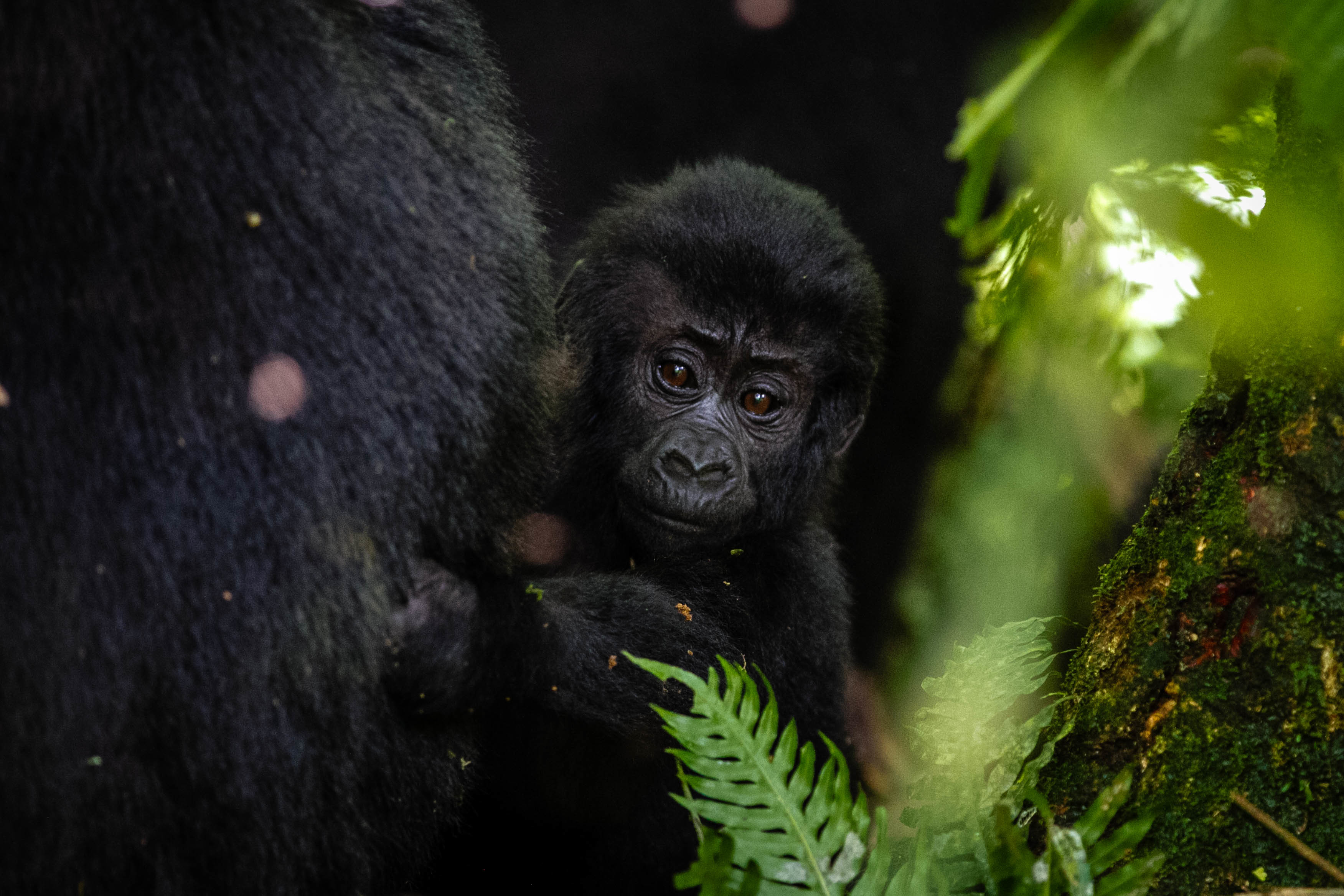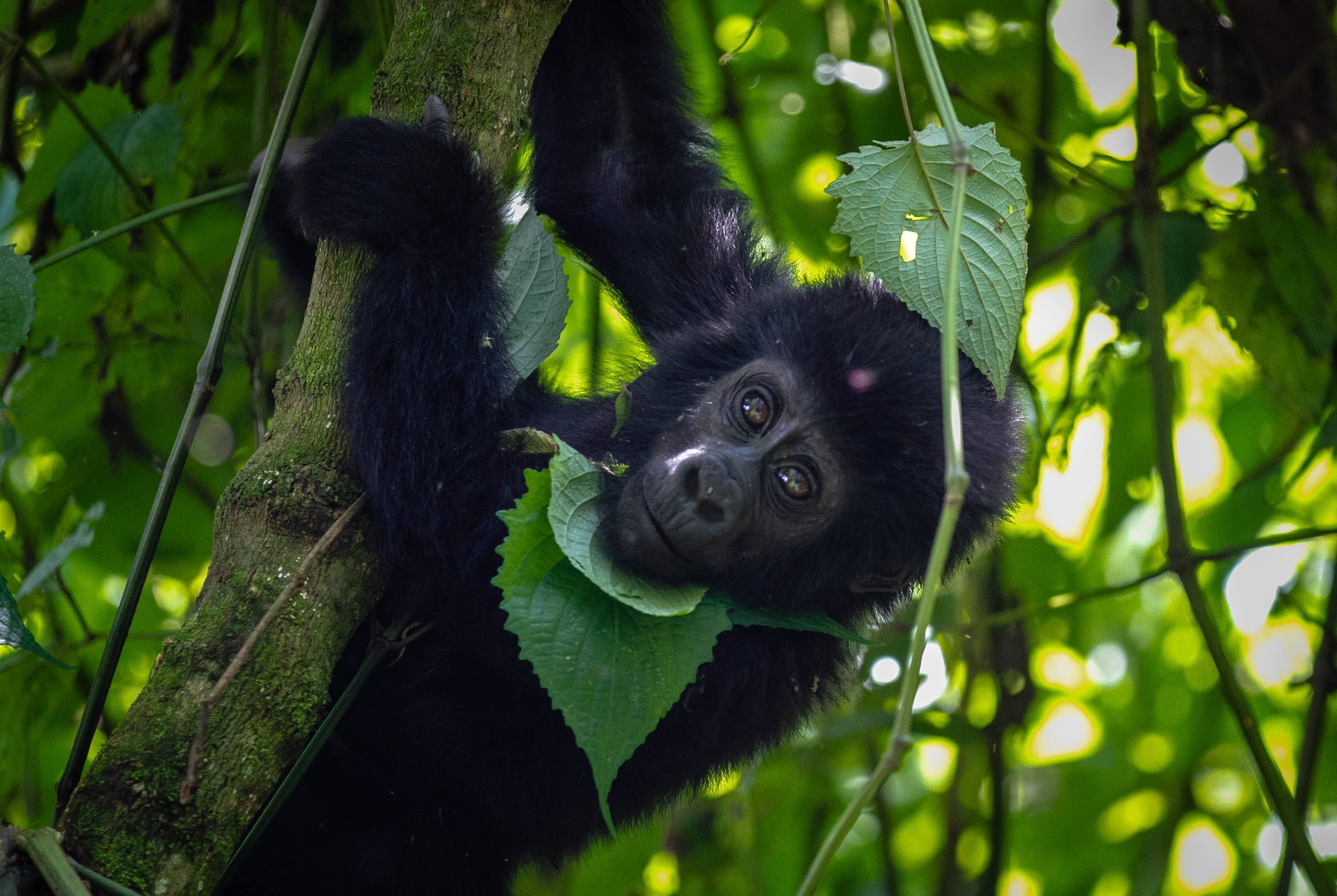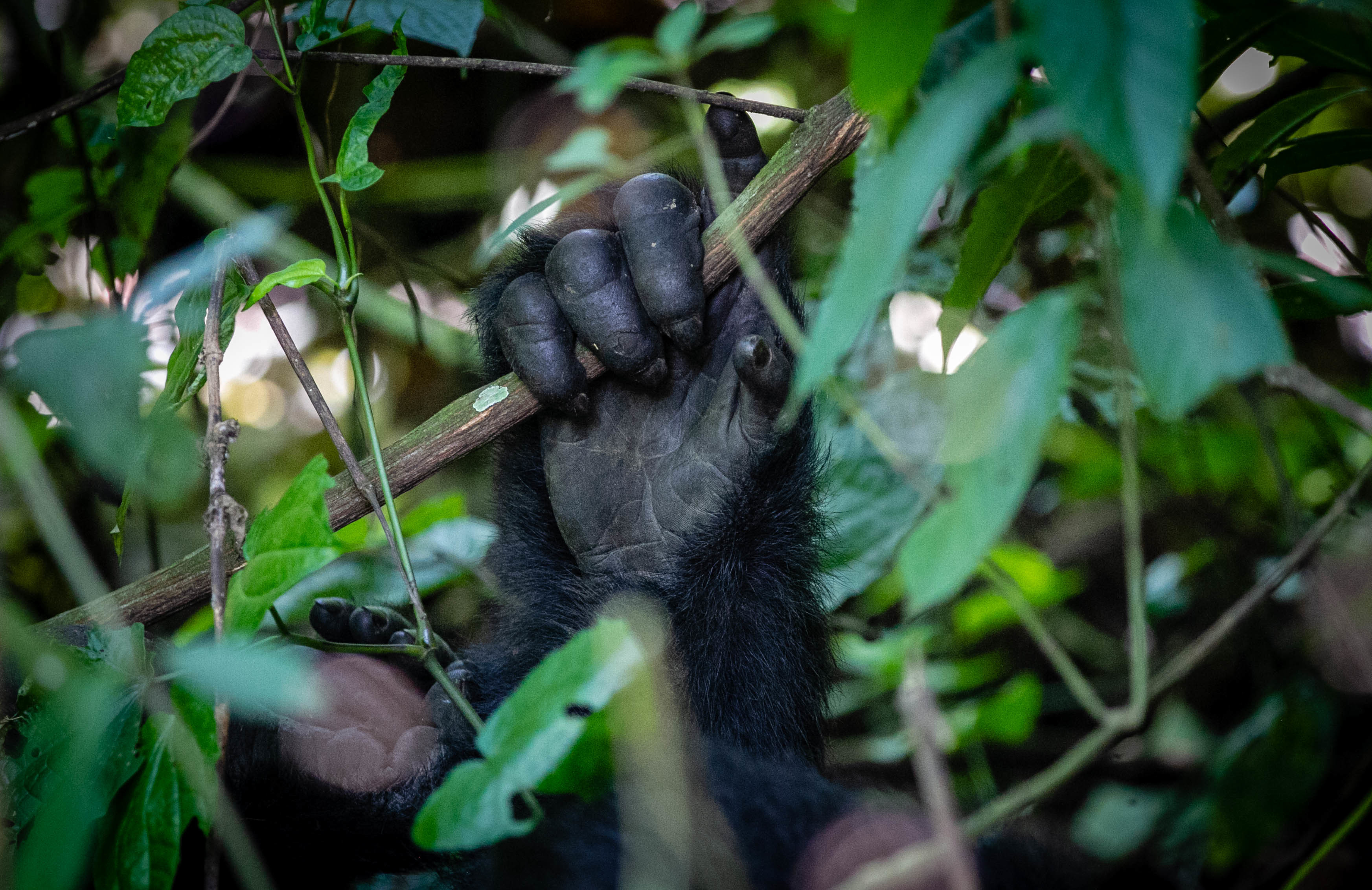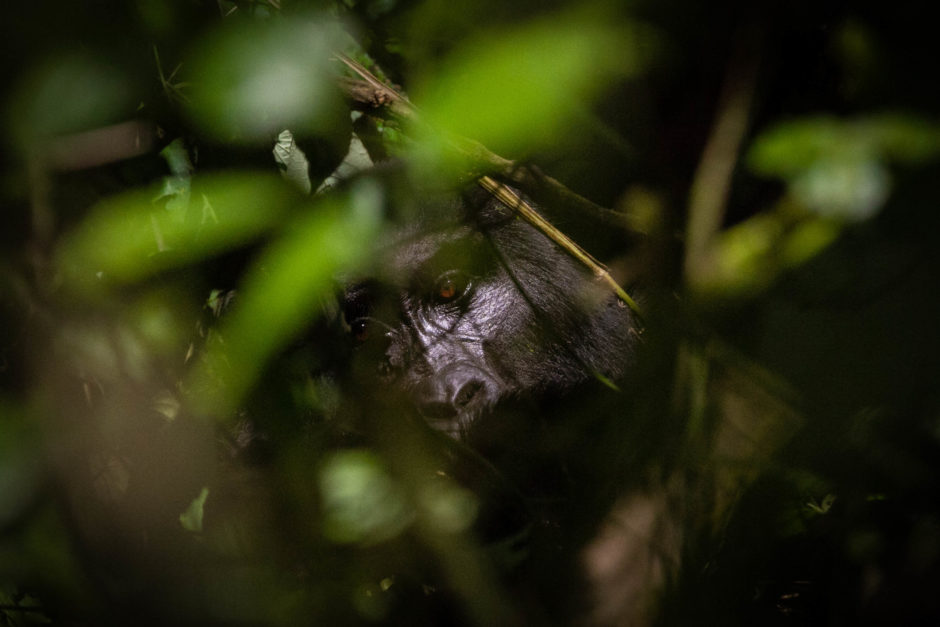December 13, 2020
A new threat has emerged for the world's mountain gorillas four decades after the population went nearly extinct from a combination of habitat destruction, human conflict and illegal hunting: COVID-19.
The risk of transmission of the illness from humans to gorillas is a serious concern, especially in places such as Bwindi Impenetrable National Park in southwestern Uganda where they encounter tourists, villagers and conservationists.
Almost half the world's mountain gorilla population, around 450 of them, can be found in the 331 square kilometre park.
Though still endangered, the population has been built back up over the last four decades through careful conservation efforts.
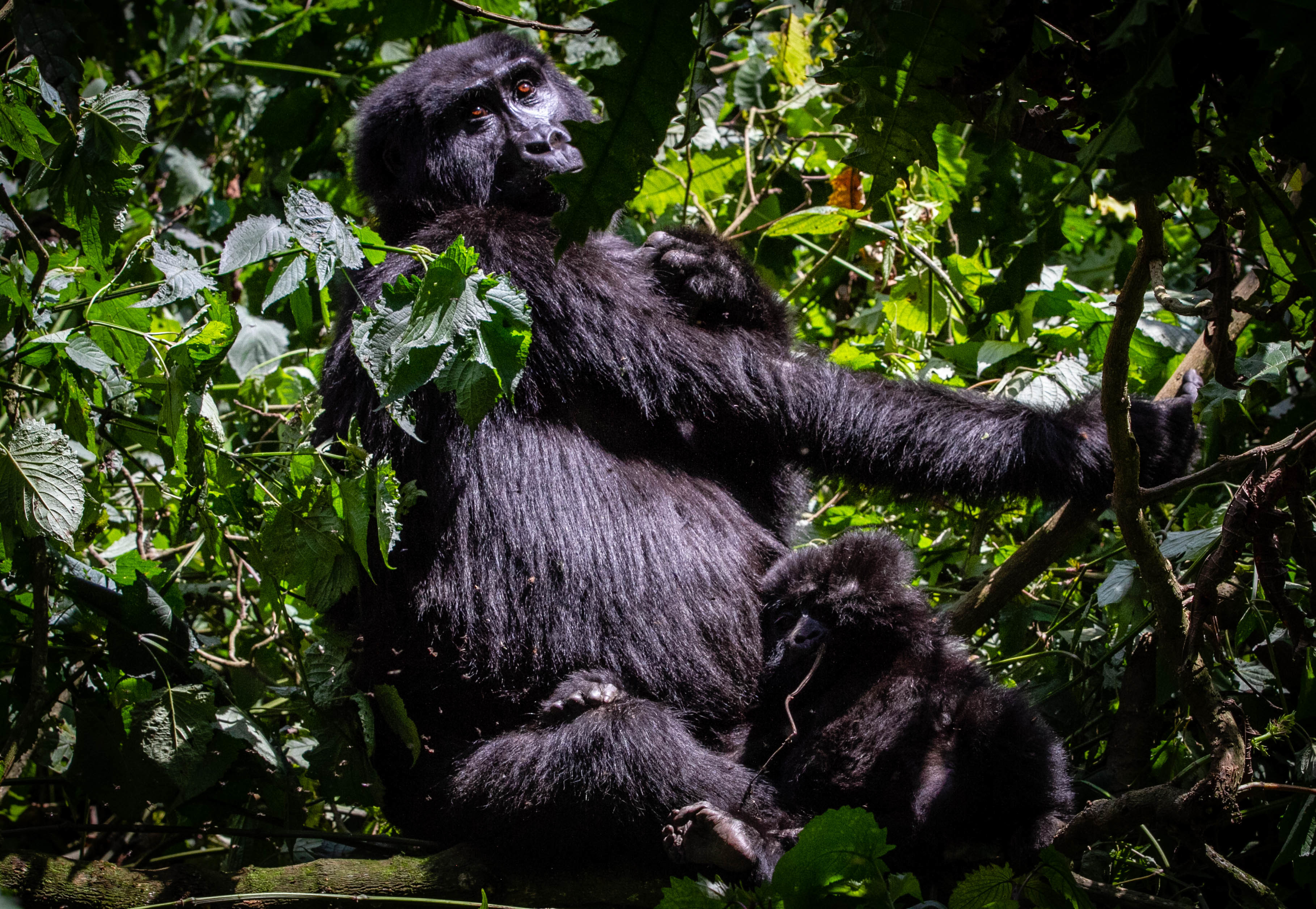
Mountain gorillas can only be found in two areas: Bwindi and the Virunga mountain range, which borders the Democratic Republic of Congo, Rwanda and Uganda.
Considered highly intelligent animals, they have thicker fur compared to other great apes and live at higher altitudes. They live in family groups of up to about 20, with one dominant male, usually a silverback, as their leader. Females breastfeed their babies for a period of roughly three years and will not mate in that time, so usually only give birth once every four or five years.
Some of Uganda's mountain gorillas have been habituated to the presence of humans so that tourists and guides can get close enough to track and observe them.
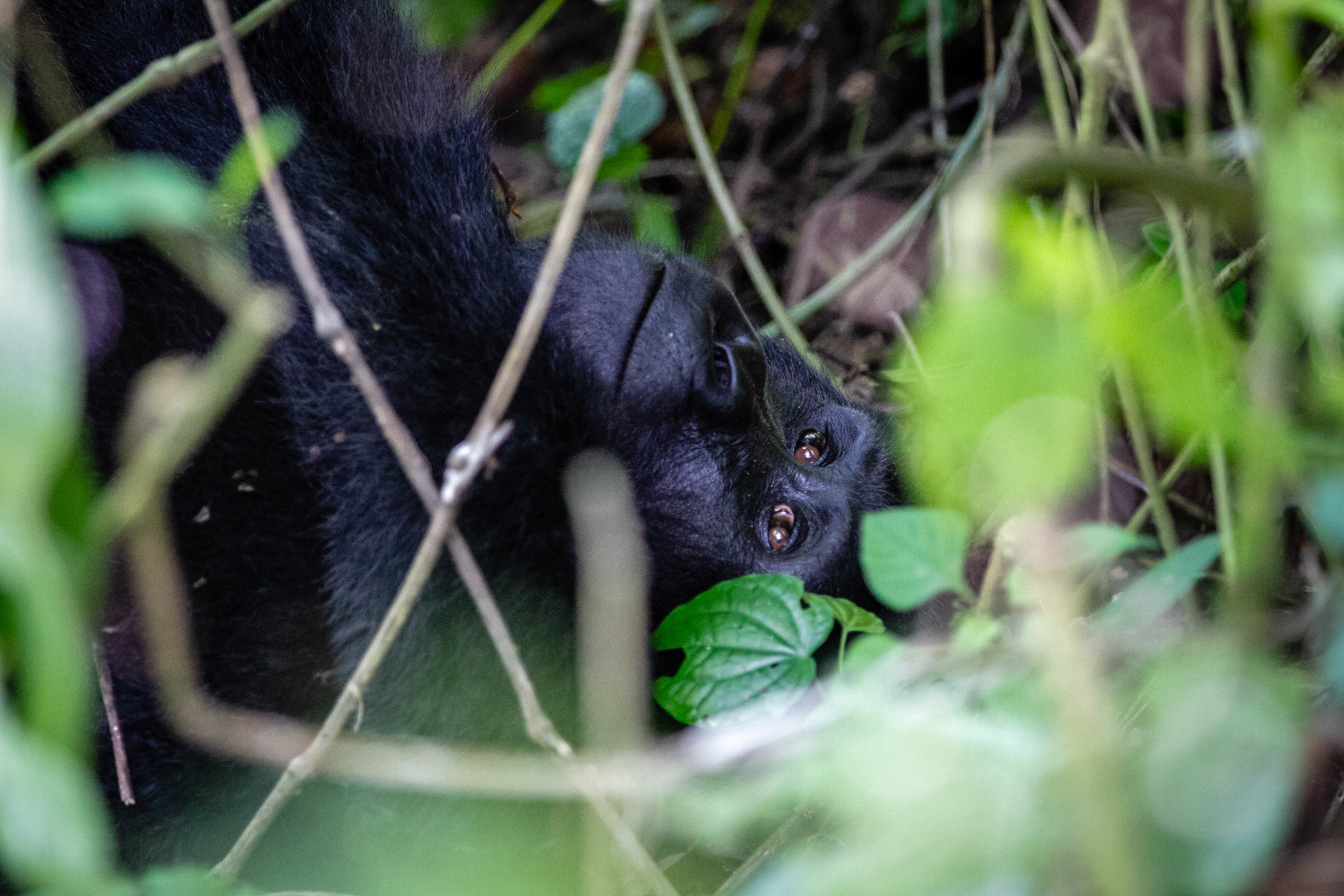
Risk of transmission
Veterinarian Dr. Gladys Kalema-Zikusoka has dedicated her life's work to the protection of Uganda's mountain gorillas. She worries about the devastation COVID-19 could inflict. Uganda has had more than 26,300 cases of the coronavirus that causes the disease and 220 deaths.
"We share over 98 per cent genetic material and can easily make each other sick," she said during a recent visit to the park by CBC News. "If COVID-19 was to get into the gorillas, of course, they can't social distance, the whole group would be wiped out."
Transmission of human diseases to great apes is not new. There have been documented cases of shingles, human metapneumovirus and Ebola. Gorillas are particularly susceptible to respiratory infections.
To date, COVID-19 has been found in dogs, cats, lions, tigers and minks, and the virus that causes the diseases is thought to have originated in bats.
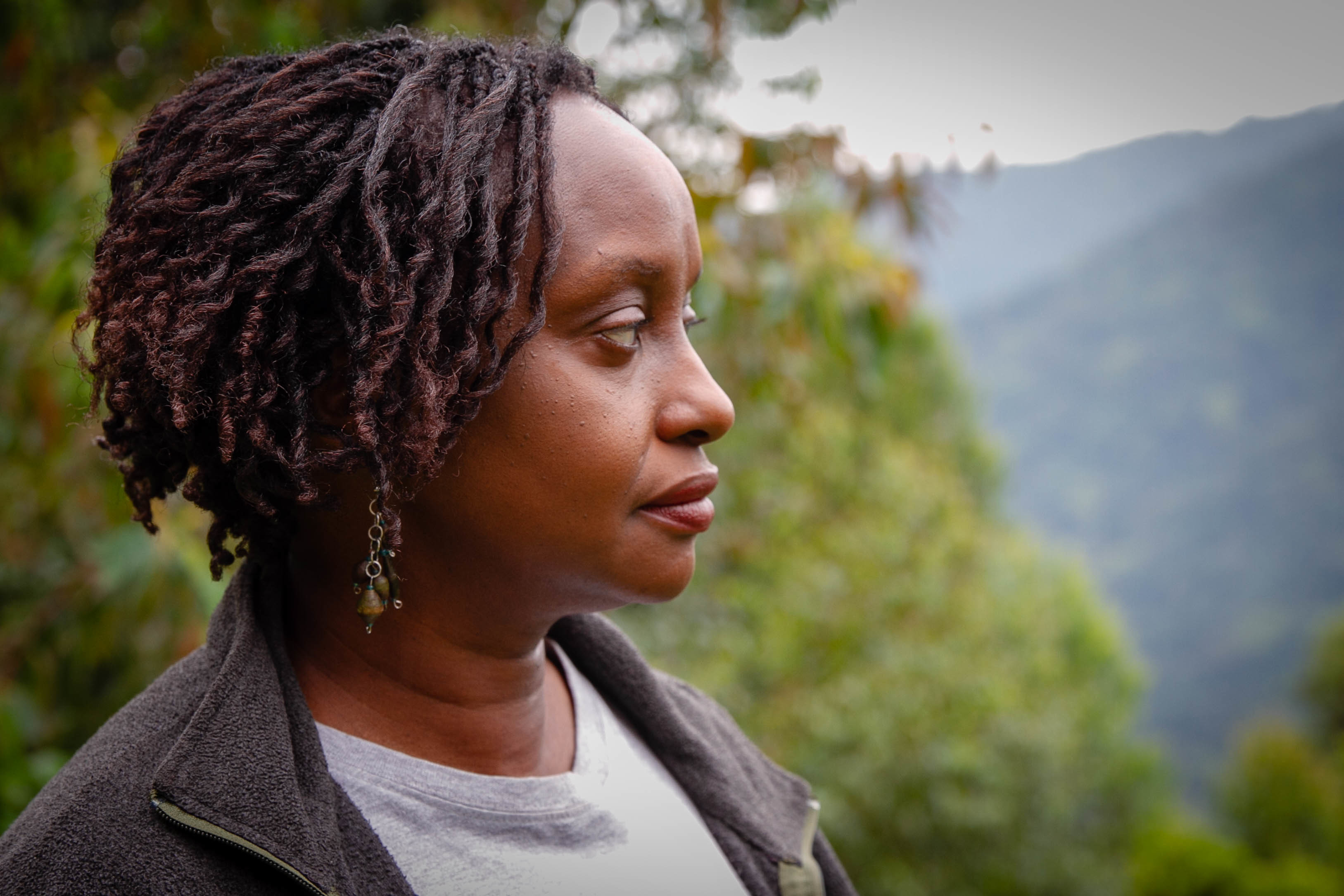
'A necessary evil'
Bwindi means a "dark place," but the gorillas in the park have been a source of light for the surrounding community, lifting many out of poverty.
Uganda's borders have recently reopened to tourists after being shut March 23 because of the pandemic. In a normal year, the park sees an average of 20,000 visitors.
"Tourism is a necessary evil, but it needs to be done in a very responsible way," said Kalema-Zikusoka.
"The moment [the communities] get money from tourism, they're more likely to tolerate crop damage or more likely to coexist with the wildlife. And knowing that it's because of these gorillas [that] people are coming and paying a lot of money, which is then enabling them to have jobs."
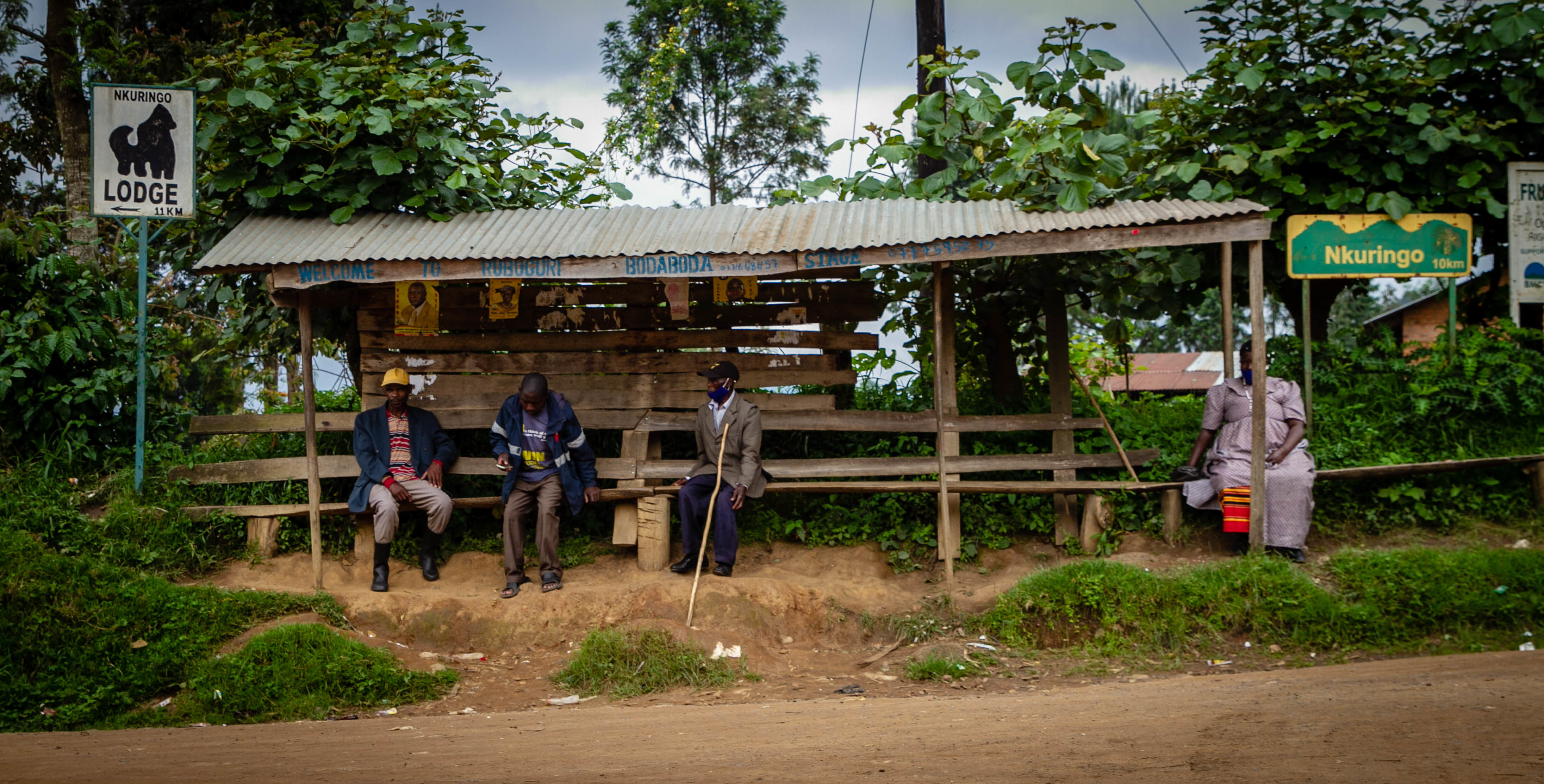

Tourists pay $700 US per person for a tracking permit. The trek to find the gorillas can take anywhere from 30 minutes to six hours and the terrain varies. Once a gorilla family is located, visits are limited to one hour.
Getting those tourists back is key not just for the community but also for the gorillas, says Kalema-Zikusoka. The COVID-19 shutdown has underlined just how important tourism is for the protection of wildlife.
"You not only had poaching going up in Bwindi where the mountain gorillas are, but it's gone up in other parts of Uganda and other parts of Africa because the communities have been relying a lot on tourists ... and now, suddenly, when there's no tourists, there's less money going around and people are not able to feed themselves.
"However, it's also shown us that we can't only rely on tourism to protect the wildlife."
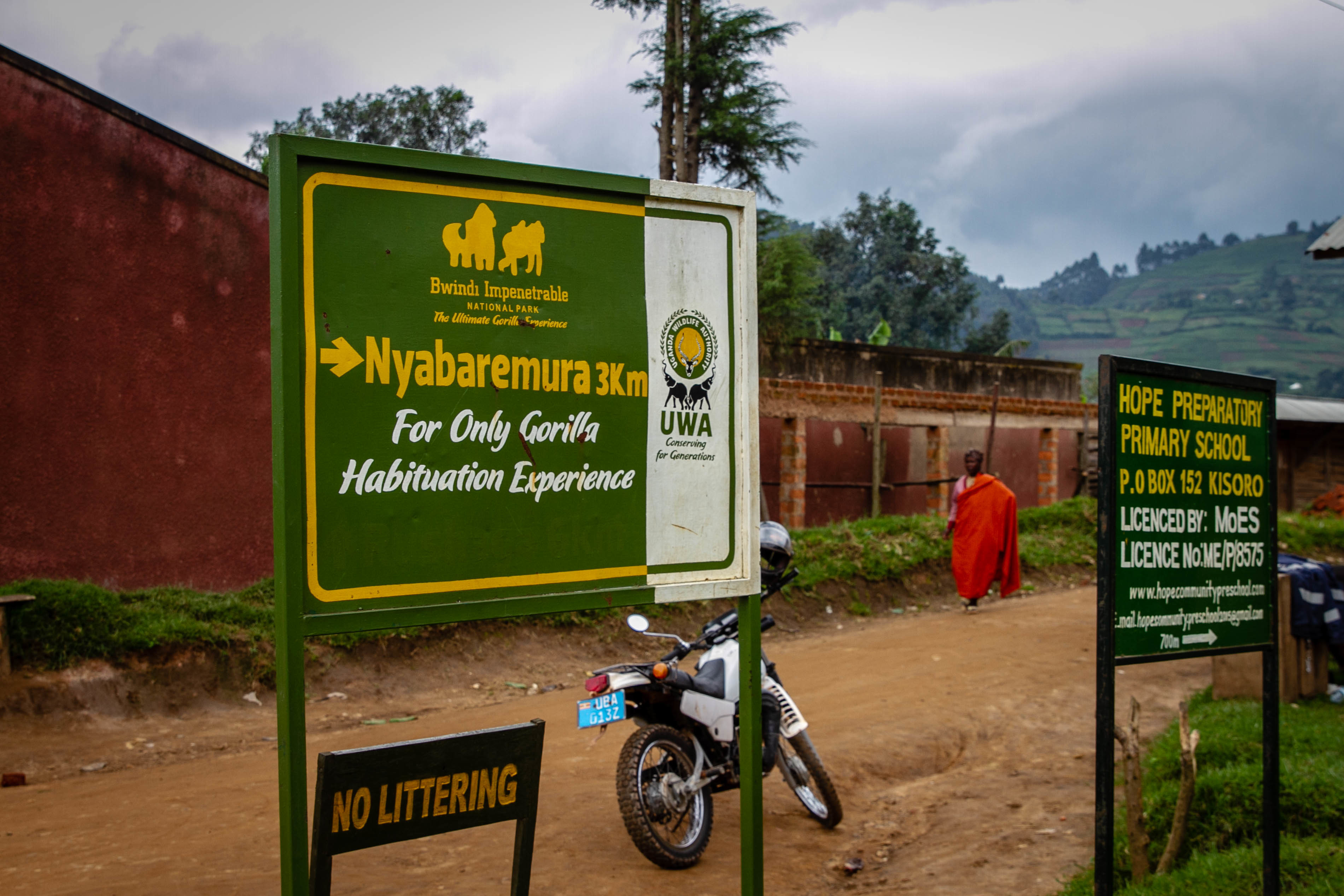
Economic hit
Fausta Tumusiime has a small shop on the side of the road that leads to the Nkuringo ranger station, the starting point for most gorilla-tracking excursions in the area.
She sells an array of small souvenirs — wooden carvings of gorillas, hand woven baskets and walking sticks.
Business since the lockdown has been slow. She went eight months without any customers.
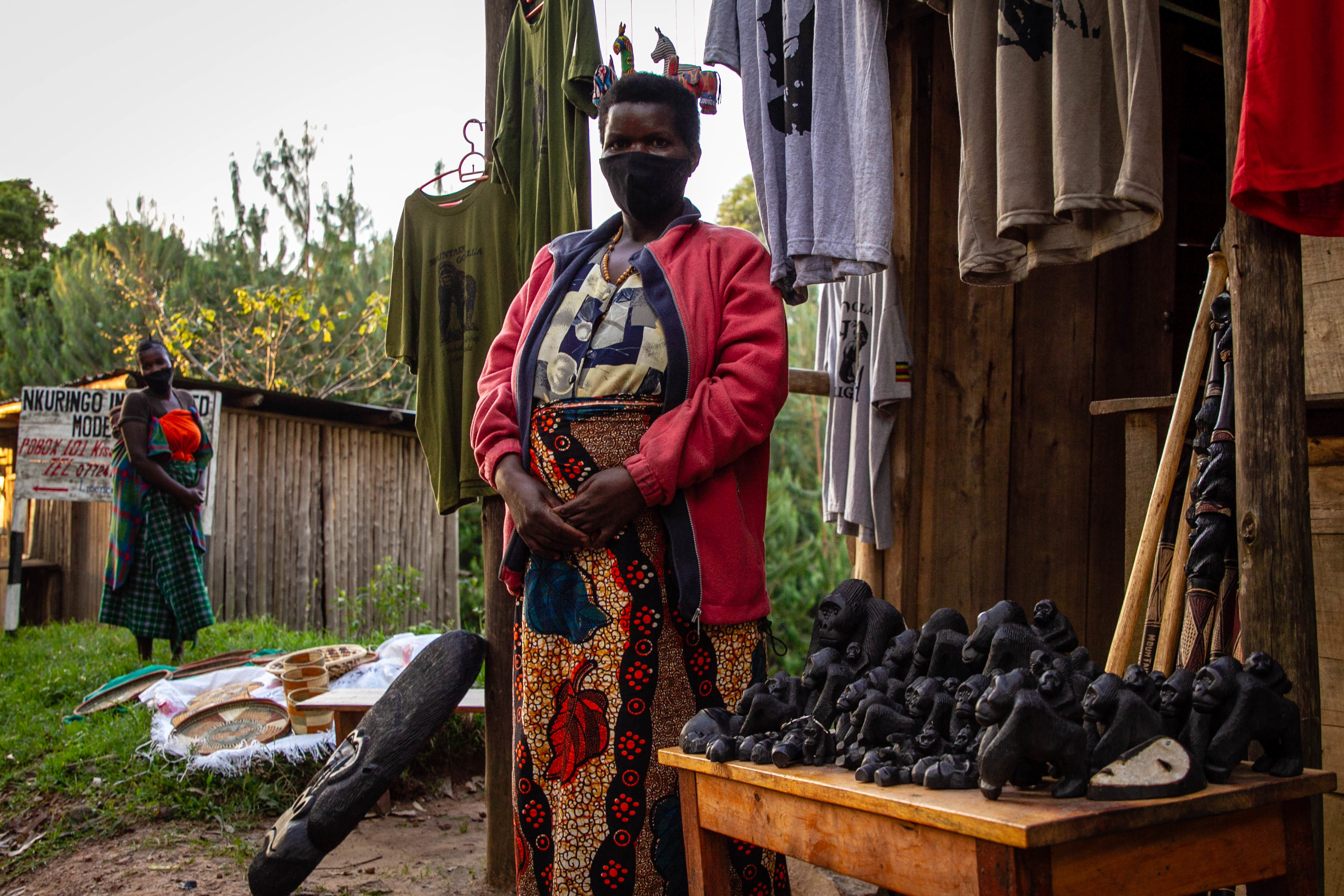
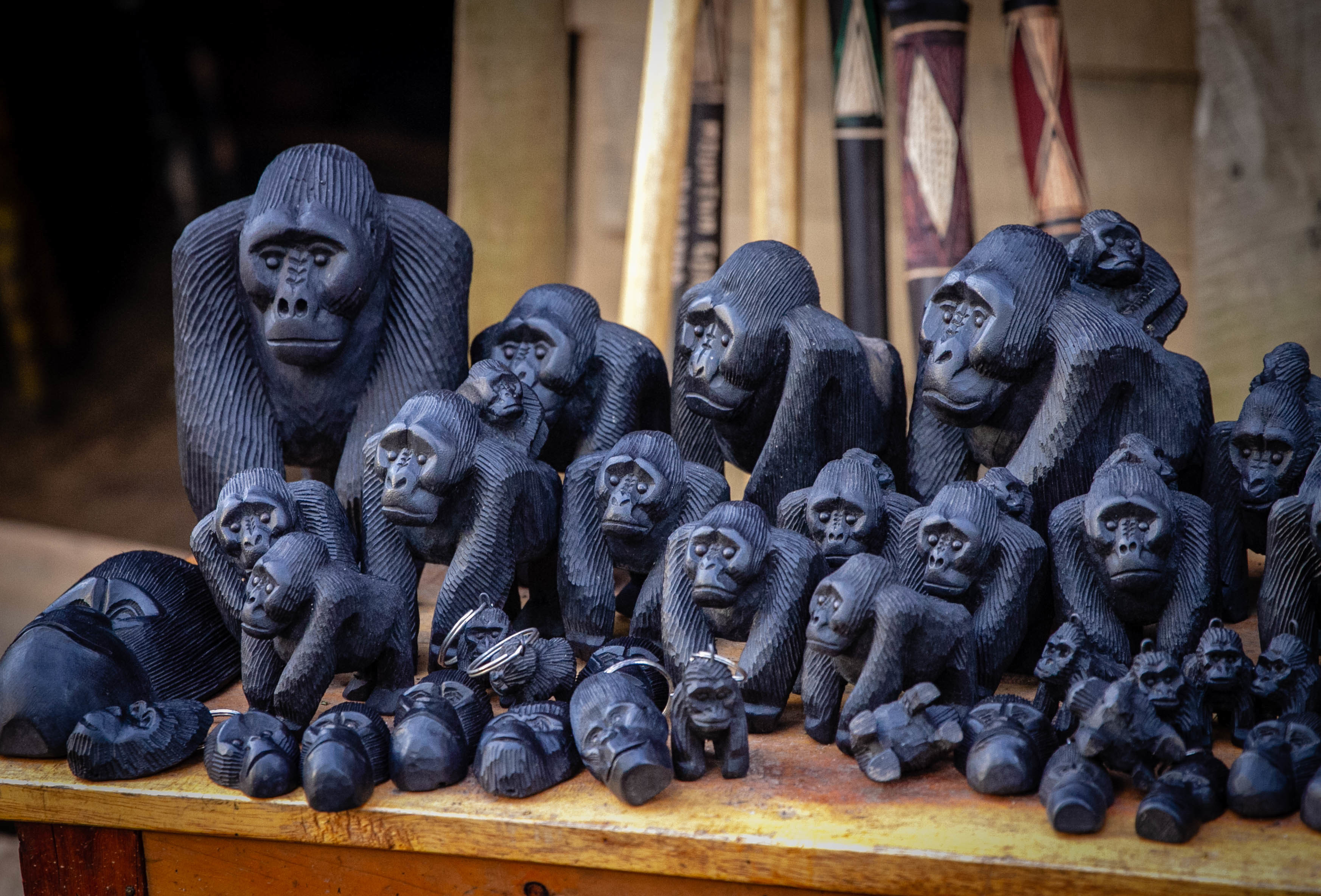
Pandemic precautions
New safety measures have been put in place for the rangers, porters and tourists entering Bwindi.
Anyone coming into the gorillas' territory will be required to have their temperature taken, wear a mask and sanitize their hands regularly. A 10-metre distance from the gorillas is enforced, increasing the pre-lockdown distance by three metres.
Rangers in Bwindi Impenetrable National Park track mountain gorillas, keeping more of a distance than usual as a precaution against the coronavirus transmission.
Buffer zone
Maintaining distance between humans and gorillas has always been a concern for conservationists.
In previous years, a buffer zone was created around the park using tea plants. By using a crop gorillas don't like to eat, the aim was to keep them contained in the forest and away from people while also providing the community with something they could harvest and sell.
Gorilla families will occasionally wander into the buffer zone, so Kalema-Zikusoka and her organization Conservation Through Public Health worked with a local seamstress to produce masks that were distributed to those picking the crop.


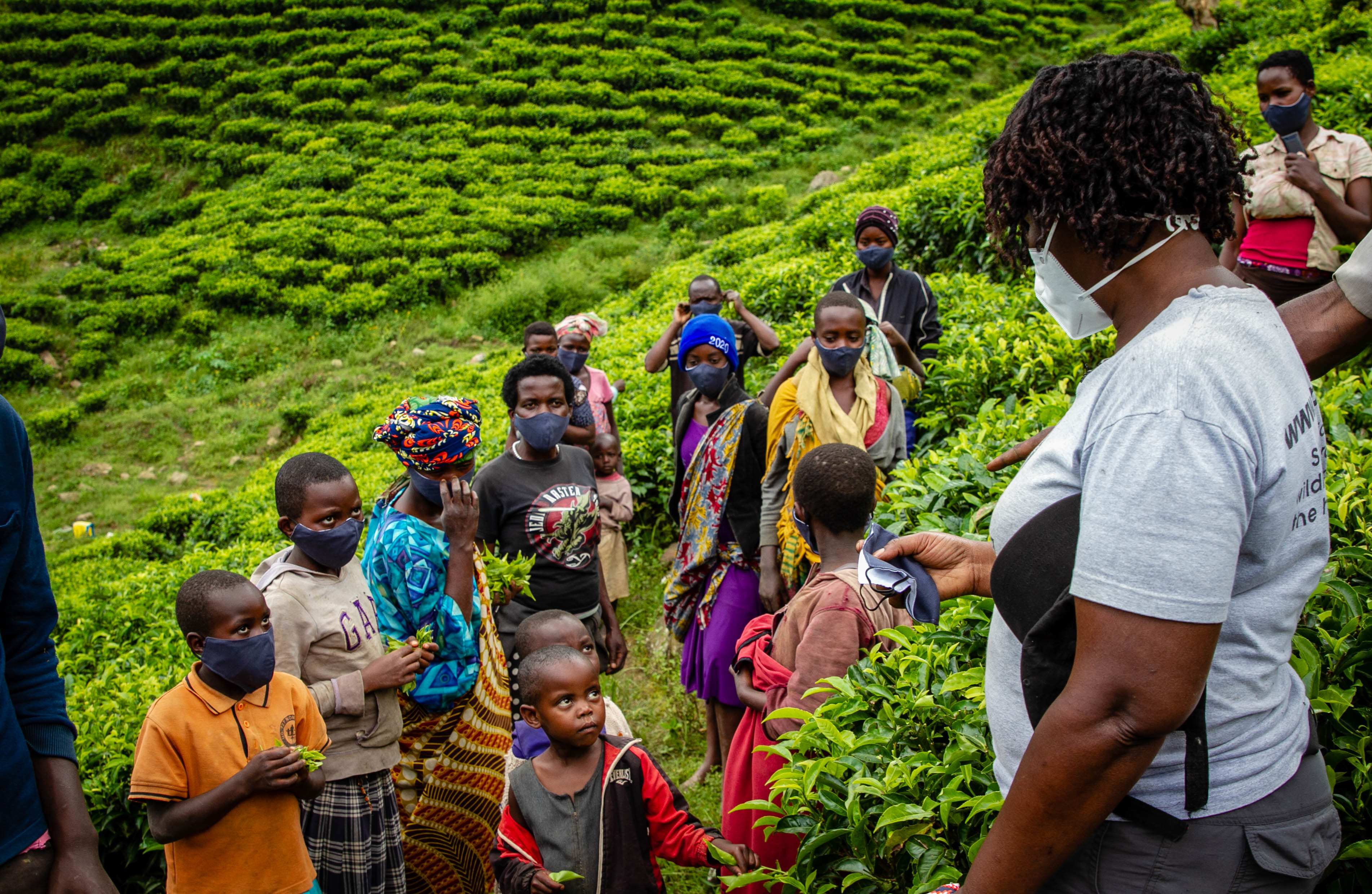
Symbiotic relationship
Distributing masks is just one aspect of Kalema-Zikusoka's work with the wider community. Conservation Through Public Health was founded on the philosophy that improving the health of the gorillas and the health of the community had to be done in tandem.
"We thought that one would always undermine the other if they're not cared for," she said. "So, you really can't protect the gorillas without improving the health of the communities living around."
CTPH trains local village health ambassadors who teach personal hygiene, family planning and other subjects — such as who to call when a gorilla needs to be chased from a garden.
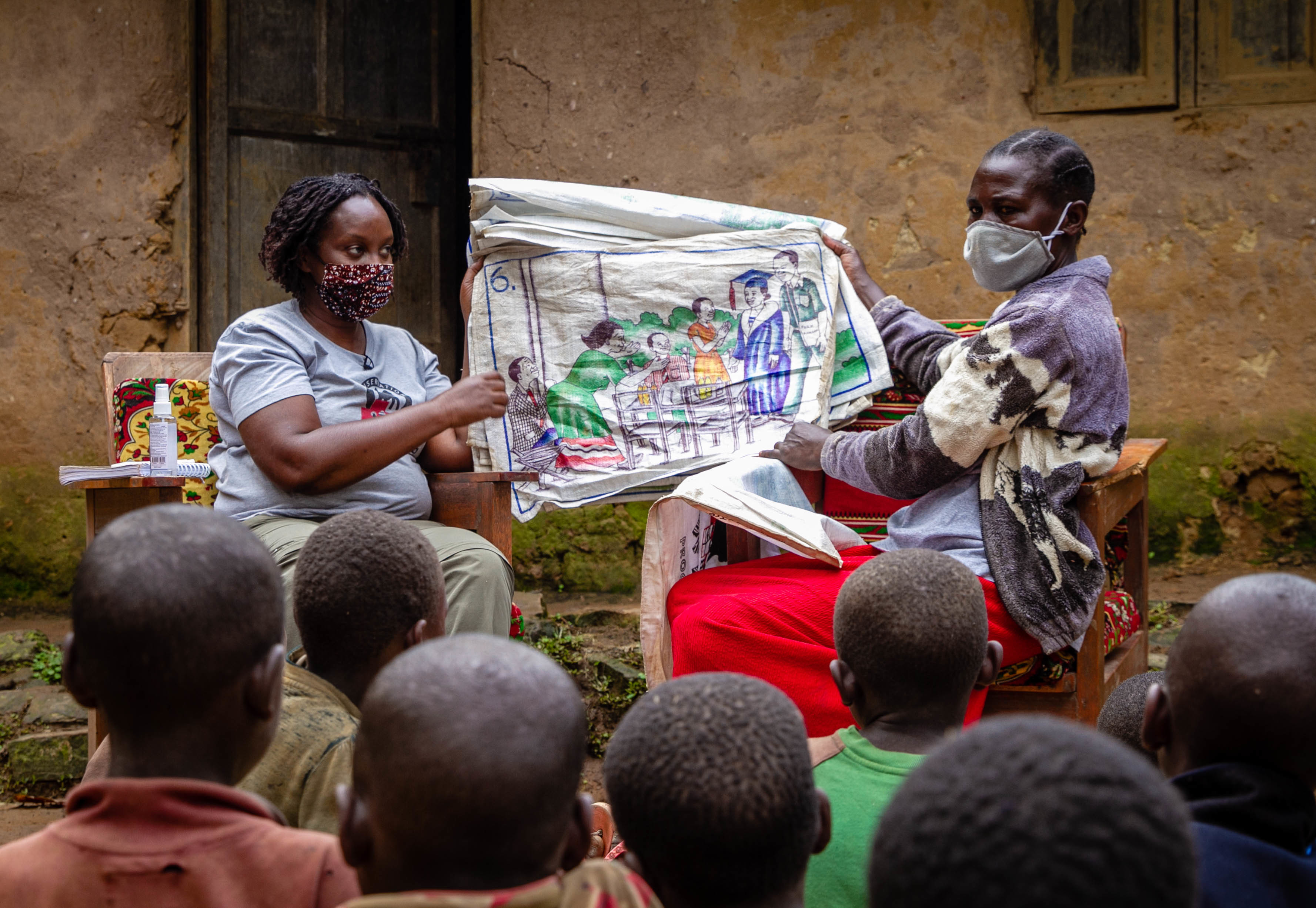
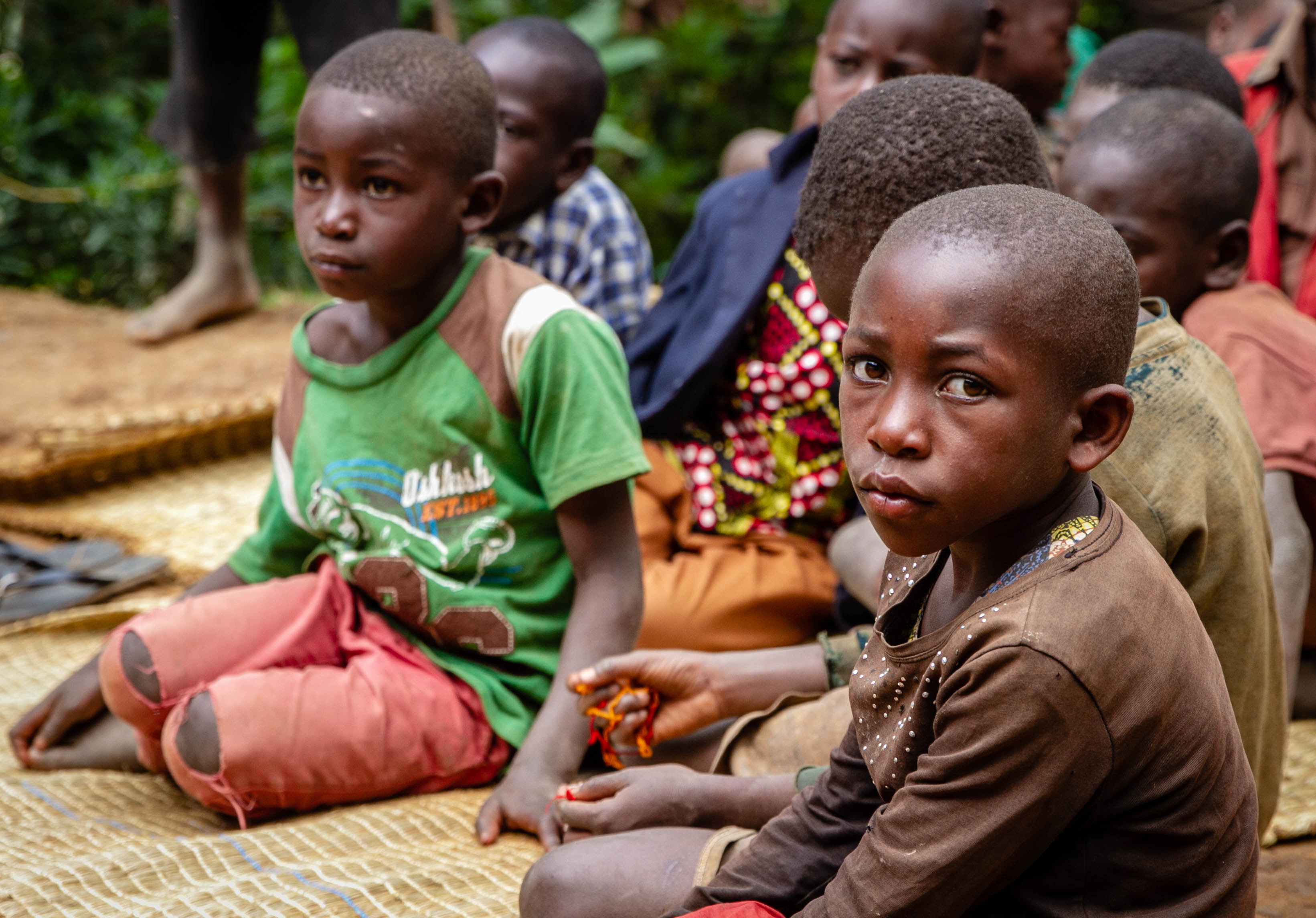
COVID-19 testing in the wild
Testing gorillas for COVID-19 presents its own unique challenges.
"The ideal way to test for COVID-19 is, you know, putting a nasopharyngeal swab up your nose, but that's not an option," said Kalema-Zikusoka.
She and her team found an alternative.
Every evening, gorillas build nests on the ground to sleep in. They rarely sleep in the same nest twice so once a nest is abandoned, researchers are able to approach it and collect dung samples left nearby.
These samples provide all kinds of insight into the health of the gorilla and, perhaps most importantly now, whether there has been any exposure to COVID-19.
Gladys Kalema-Zikusoka and her colleagues collect gorilla scat from an abandoned nest.
Newborns
In the midst of all this worry, there is some respite: a baby boom.
Five babies were born during a period of just six weeks this fall. Compare that to 2019, when there were just two births for the whole year.
The reason for the boom remains unclear, but it's likely not the newfound privacy the gorillas enjoyed during the pandemic thanks to the lack of prying tourist eyes — gorillas have a gestation period of about nine months.
